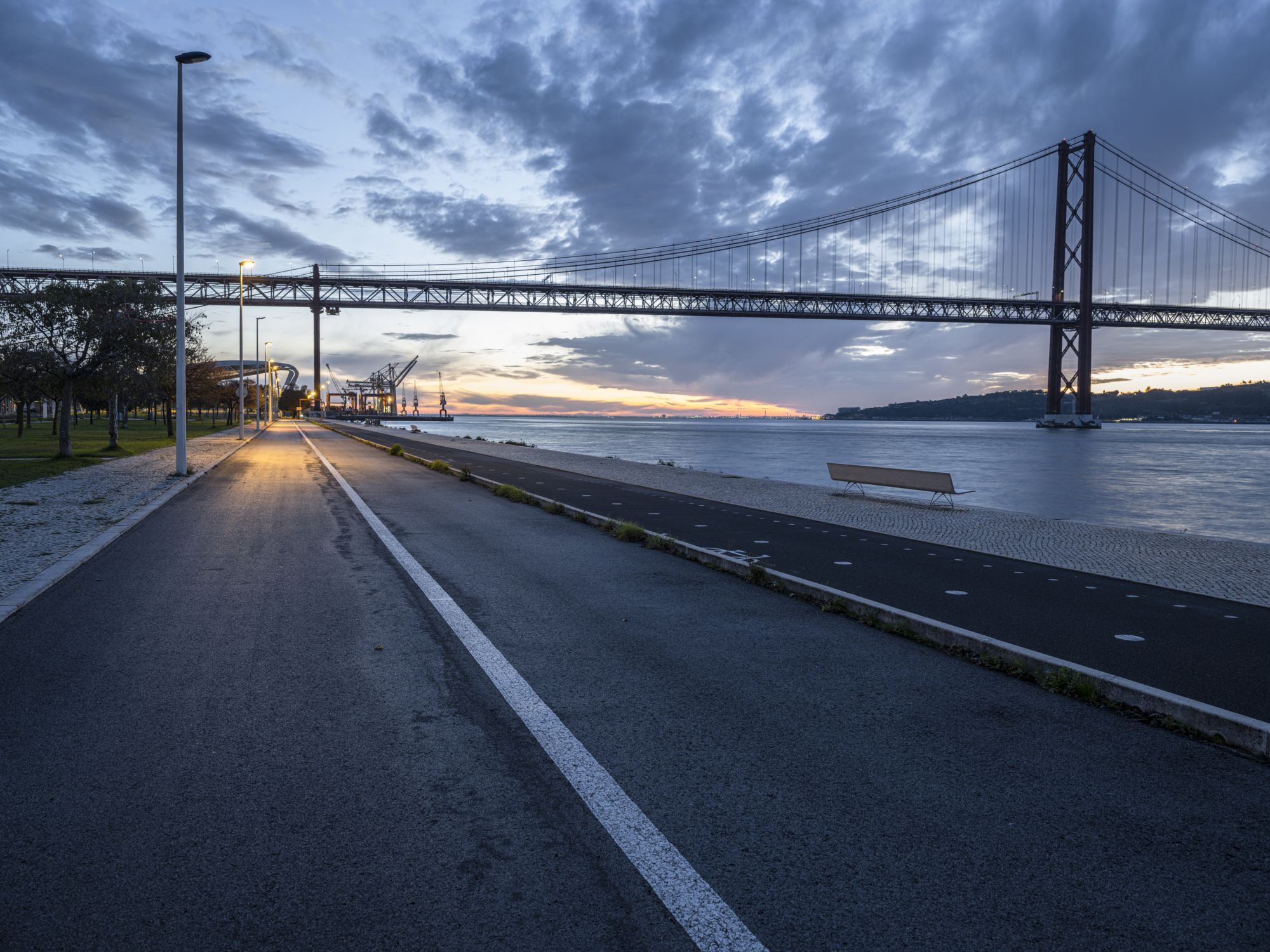HDRi Maps and 3D scenes serve many of the same purposes. They’re valuable tools that 3D designers can use to create immersive, realistic digital worlds.
Although a good HDRi Map gives viewers the impression that they’re standing in a 3D space, in reality, full 3D scenes and HDRi Maps serve different–but overlapping–purposes.
This blog post delves into the key differences between HDRi maps and 3D scenes, providing a clear understanding for artists and enthusiasts alike.
What is an HDRi Map?
HDRi, which stands for High Dynamic Range imaging, is a technique used to enhance the range of luminosity in images.
In the context of 3D rendering, an HDRi Map is a panoramic image that covers the entire environment around a scene. It includes both visuals (often captured from a real world place) and lighting data.
Characteristics of HDRi Maps
- Dynamic Range: HDRi maps capture a wide range of luminance levels, from very dark to very bright, mimicking real-world lighting conditions. Essentially, they’re a way to capture light from the real world, so it can be used for Image Based Lighting in a DCC.
- Environment Emulation: They provide a realistic environment backdrop, offering accurate reflections and refractions on 3D objects, as well as accurate background visuals.
- Ease of Use: HDRi maps can quickly and effectively light a scene without the need for multiple individual light sources. That’s especially true of our RAY.HDRi Maps, which include the highest quality lighting data available, as well as high-resolution visuals.
What is a 3D Scene?
A 3D scene refers to a digital environment where all the elements of a 3D model – objects, lighting, cameras, and sometimes animations – come together. It's the canvas where 3D artists create their compositions.
Characteristics of 3D Scenes
- Complexity: 3D scenes can be highly complex, containing multiple objects with different textures, materials, and interactions.
- Control: Artists have granular control over every aspect of the scene, from object placement to light behavior.
- Interactivity: 3D scenes can be designed for interactivity, especially in applications like gaming and virtual reality.
Key Differences
HDRi Maps and 3D scenes are used for similar purposes–visualizing a 3D model in a realistic way. But there are some differences that set them apart.
Lighting and Environment
While HDRi maps primarily contribute to lighting and environmental reflections in a 3D scene, they don't offer the level of control and interactivity that designing a complete 3D scene does. HDRi maps are often used as a complement to the lighting in a 3D scene, for added realism.
A full 3D scene might use an HDRi Map for baseline lighting levels, but it may also integrate additional light sources to create a desired look and feel.
Usage and Applications
HDRi Maps are commonly used in automotive rendering and architectural visualization to provide a realistic environment without the need for extensive scene setup.
On the other hand, 3D scenes are often used in a broader range of applications, including animation, game development, and virtual reality, where detailed environments and interactivity are required.
Creation and Customization
Creating an HDRi Map typically involves photography and image processing, focusing on capturing a wide range of light.
In contrast, building a 3D scene is a more involved process, requiring 3D modeling, texturing, and scene composition skills, in addition to lighting and visuals.
For example, an HDRi Map might capture the real-world visuals and lighting from a specific location in the Utah Salt Flats. A full 3D scene would include the visuals and lighting, but also textures for the ground, objects (such as scrub grass or rocks), and customized lighting sources.
Using them Together
It’s important to keep in mind that HDRi Maps and 3D scenes aren’t mutually exclusive. In fact, they’re often used together!
In many cases, a 3D designer will create a 3D scene and use an HDRi Map for visuals, or as a skybox in larger scenes. In other cases, a 3D designer might create a 3D scene entirely from scratch, but might use a real-world HDRi Map to add realistic lighting.
HDRi Maps and 3D scenes are different, but they are often used hand-in-hand to help artists achieve their ultimate goals.
Conclusion
Understanding the distinctions between HDRi Maps and 3D scenes is fundamental for 3D artists and enthusiasts. While HDRi Maps offer a quick and effective way to introduce realistic lighting and reflections, 3D scenes provide the canvas for comprehensive and interactive environments. Both tools, used in tandem, can produce stunning and immersive results.
Sign up for our newsletter to keep up to date on the latest 3D industry news.
Top

